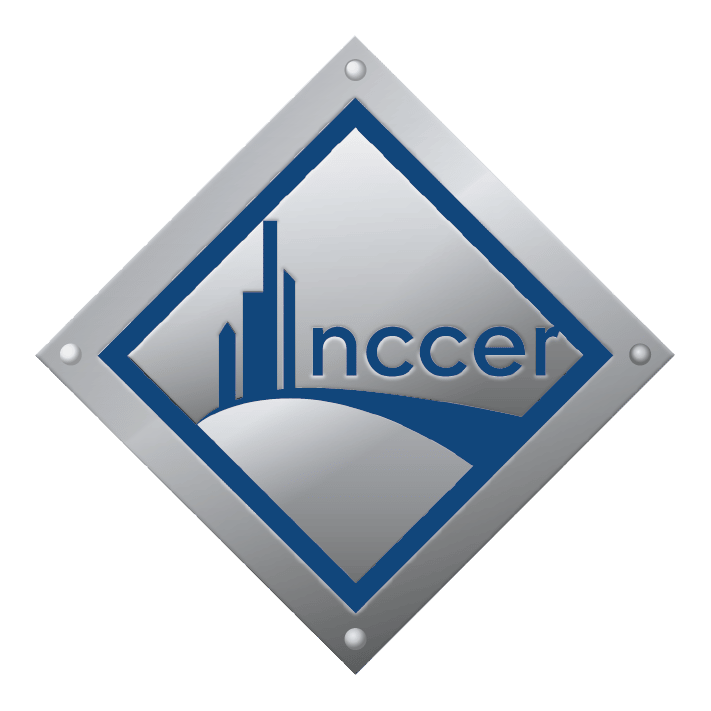Combination Welding
Combination Welding
Start Building Your Future
Accelerate Your Career With Our Combination Welding Program
Miller-Motte’s comprehensive Combination Welding program prepares you for positions in the welding industry. We combine classroom-style education with hands-on learning to help prepare you for what a career in combination welding will be like once you graduate. With enrollment starting on a rolling basis and programs that can be completed in 10 months, your dream career is in your near future! By the end of our program, the student is prepared to take a welding certification test meeting the American Welding Society (AWS) standards.
Training Available at Raleigh, NC campus.
*Miller-Motte cannot guarantee job placement, salary or employment
*Miller-Motte does not guarantee third-party certifications. Certification requirements for taking and passing certification examinations are not controlled by Miller-Motte but by outside agencies and are subject to change by the agencies without notice to Miller-Motte. Therefore, Miller-Motte cannot guarantee that graduates will be eligible to take certification examinations, regardless of their eligibility status upon enrollment.
Skills You'll Cover in the Combination welding Program
Shielded Metal Arc Welding (SMAW), also commonly known as Stick Welding, is used for repair and production. This process can be used on ferrous metals and in flat, horizontal, vertical, and overhead welding positions. It requires a power source and a flux-coated electrode to create a weld.
Gas Metal Arc Welding (GMAW), or Metal Inert Gas (MIG) Welding, is one of the most common welding processes. This process requires a continuous, solid wire electrode to travel through the welding gun with a shielding gas to prevent contamination. It can be used on metal, aluminum, and nonferrous materials.
Gas Tungsten Arc Welding (GTAW), also known as Tungsten Inert Gas (TIG) Welding, uses a non-consumable tungsten electrode and inert shielding gas to join objects. This process works both with and without the use of a filler metal. GTAW is a more challenging welding method to master but offers improved strength and weld quality.
Although similar to an MIG, Flux-Cored Arc Welding (FCAW), or Dual Shield Welding, uses a flux core welding wire. When the flux core is heated, it releases gas to protect the core from outside air. This eliminates the need for an external gas tank.
Plasma Arc Cutting is a fabrication process using heated, ionized gas to cut through metal. It’s an alternative to oxy-fuel welding which uses pure oxygen and fuel to work. This process works with structural steel, alloy, aluminum, copper, and more.
We’ll teach you how to identify base metals to determine proper repair procedures and material required for the repair, and how to remove defects through arc gouging and welding to restore the original weld’s integrity.
Cleaning welds help to improve the integrity and quality of your weld while ensuring a safe welding experience. Proper pre- and post-cleaning reduces chemical reactivity, abrasions on the weld’s surface, and imperfections when coating metal to prevent corrosion.
Part fabrication is the process of transforming raw materials into new shapes and objects. Here you’ll use your knowledge of T-joints, V-groove welds, plasma arc cutting, and more to create quality parts regardless of location or material.

What is NCCER?
Why is NCCER important to you?
Earning NCCER’s industry-recognized credentials means you, having undergone approved training, and have met the standards set by the NCCER. Your universally recognized credentials in your craft represent a national portability of your skills.
Additionally, NCCER manages credentialing and certification through its Registry System, which assists craft trainees and professionals by maintaining their records in a secure database.
NCCER also drives multiple initiatives to enhance career development and recruitment efforts for the industry, primarily through its Build Your Future initiative.
Why is NCCER important to employers?
Many organizations and companies track the qualifications of their craft professionals and possible new hires through NCCER’s Registry System. Those with NCCER credentials may be more desirable to potential employers.
Enroll in Combination Welding Training Near You
Ready To Get Started?
Start learning with Miller-Motte today. Our flexible scheduling and affordable options make Miller-Motte a great place for you to pursue your certificate in Combination Welding. Talk to an admissions representative today.
What Does a Welder Do?
Still unsure if Combination Welding is the program for you? Let’s walk through some of the main tasks and day-to-day routine of what it looks like to be a welder.*
*Miller-Motte cannot guarantee employment or salary.
- Chipping and cleaning completed welds
- Repairing welds
- Creating machine parts, equipment, and motors
- Filling holes, indentations, and seams
- Welding a number of materials, such as: plates, pipes, carbon & low alloy steel pipe, aluminum pipe and plates
Take The First Step Toward Your Next Career by Enrolling in the Combination Welding Program Today
We’re ready to help you get an education for the future you want. If you are ready to take the next step on your new journey in vocational or skills-based education, Miller-Motte is ready to help.
Information within this blog is for general information purposes only. Miller-Motte does not assume or guarantee certification/licensures, specific job/career positions, income earning potential or salary expectations based on the programs offered at Miller-Motte. Career and program information statements in this blog do not guarantee that programs or other information mentioned are offered at Miller-Motte.
